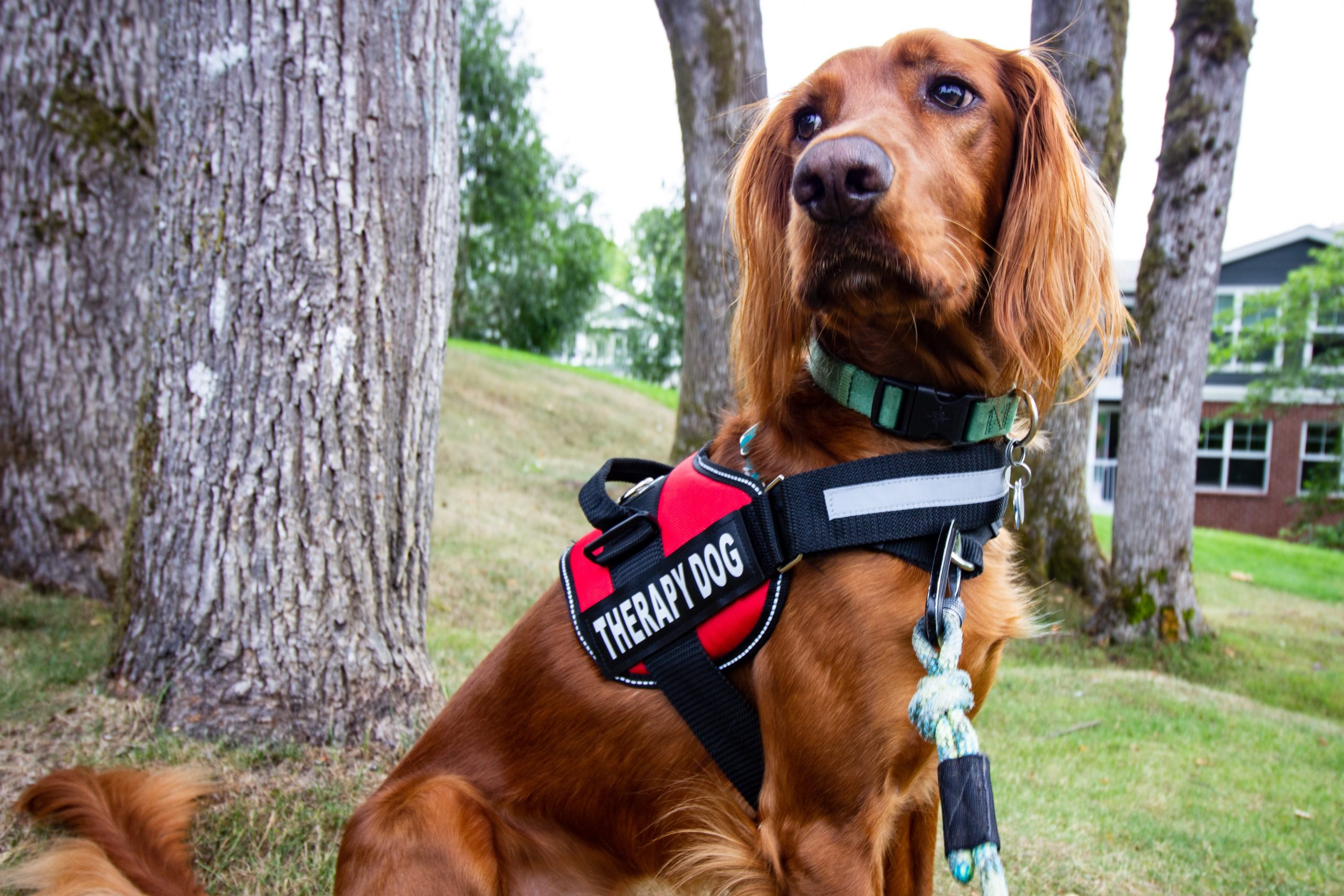A growing number of people are declaring their dogs emotional support animals or ESAs for short.
ESAs provide companionship support and can significantly help ease anxiety and specific phobias.
But ESAs are not psychiatric service dogs, and many people do not understand the difference.
SUPPORT VS SERVICE ANIMALS
Psychiatric service dogs are trained extensively to work with people who have disabilities associated with their mental illness diagnosis. ESAs, on the other hand, are not trained to act in a specific manner when their owner requires aid.
ESAs are not allowed everywhere psychiatric and other trained service animals are. Still, until 2020 they were allowed to fly in aircraft cabins as service dogs and are often cited as the reason landlords are expected to waive “no-pet” policies. ESAs are treated like service dogs by well-meaning establishment owners in many instances.
To have your pet elevated to the status of a support animal, you must receive a letter from a therapist that asserts your dog contributes to your psychological well-being. Although not required, many people then outfit their ESA with tags and vests, readily available for purchase. These items are unnecessary but make the animal appear more “official.”
“ESAs are not psychiatric service dogs, and many people do not understand the difference.“
With an ESA designation, many people find they can bring their dogs with them wherever they go. Establishments want to accommodate people with needs. But without the training that makes them service animals, many ESAs behave like typical dogs!
Take our Colby, for example. She is a family member, and we treat her as such. We consider her needs as we would one of our human children… and she provides us with unconditional love. She is a soothing presence in our family. But! She is almost 12, and she will still chase a squirrel whenever she senses she has a chance at catching it. And recall goes right out the window when she is foraging for rabbit poop in our backyard.
Her behavior would give service dogs a bad name.
There are examples of unfortunate occurrences where dogs designated as ESAs are behaving… well, like dogs! Growling and barking on airplanes, going to the bathroom during Uber rides, running in circles in lounges where dogs are traditionally prohibited… all these instances are giving responsible and trained service dogs a bad name.
ONCE BITTEN, TWICE SHY
Suppose a shop owner allows an ESA into their store, and that dog behaves badly. The next time a person with a service animal needs entry, they might be skeptical or uncomfortable.
People who need and use service animals for actual medical conditions worry the proliferation of ESAs is eroding the public’s trust in all service dogs.
Be part of the solution! Don’t designate your pet an emotional support animal just to have them accompany you everywhere. Have your dog trained if you actually need them to support your emotional needs. Then you can have your dog officially certified as a psychiatric service dog instead.

Photo by Ryan Stone on Unsplash
If you enjoyed this post, you should read Priceless and Expensive: Tips for Saving on the Things Your Dog Needs here.
Follow us on Instagram! @barkswell-sf
